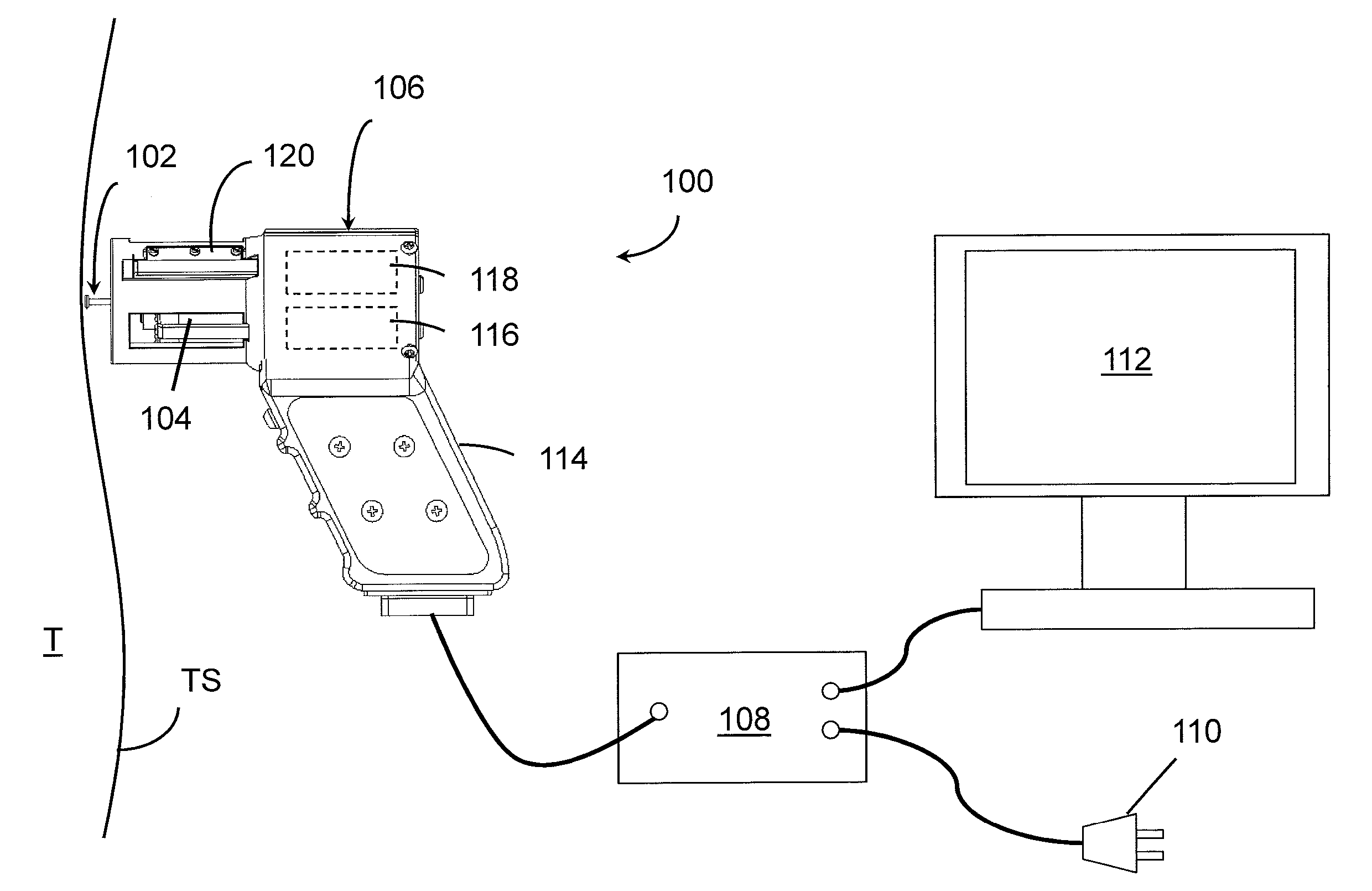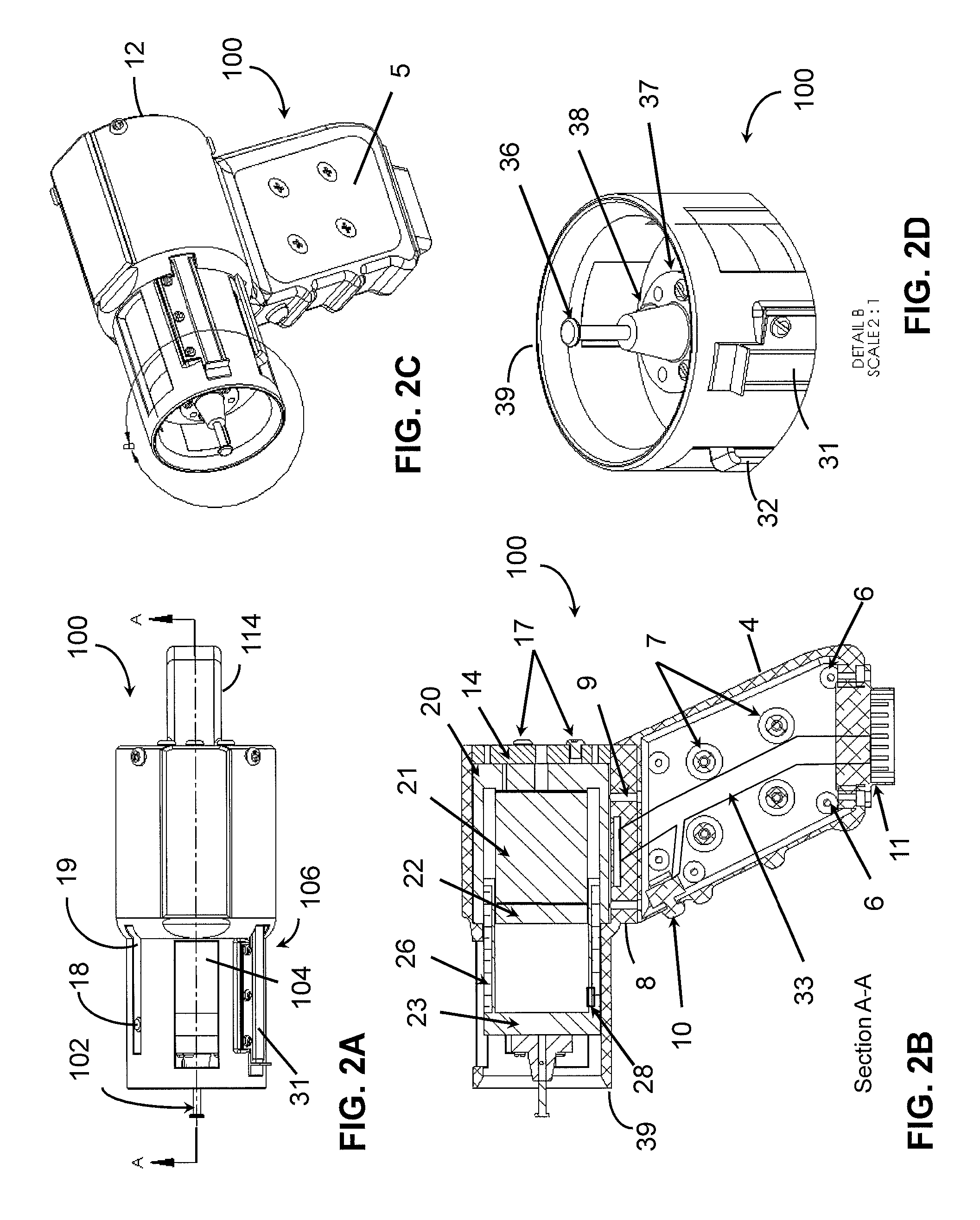Identification techniques and device for testing the efficacy of beauty care products and cosmetics
a technology for applied in the field of identification techniques and devices for testing the efficacy of beauty care products and cosmetics, can solve the problems of not fully describing the dynamic properties of skin, many systems cannot be fully described by linear dynamic models, and devices only provide information about limited aspects of skin behavior. to achieve the effect of assessing the effectiveness of skin care products
- Summary
- Abstract
- Description
- Claims
- Application Information
AI Technical Summary
Benefits of technology
Problems solved by technology
Method used
Image
Examples
example skin
[0216 Studies—Indentation
[0217]Using a desktop version of device 100, the left anterior forearm 40 mm from the elbow and the left posterior forearm 40 mm from the wrist were tested for 7 right handed males between the ages of 18 and 28. Five measurements were taken at each location using the same stochastic input.
[0218]FIG. 18 shows plots of the means and standard deviations of four mechanical properties of skin for two different positions on the left arm. This figure shows significant differences across all four metrics, which are scaled mass M, scaled damping B, non-linear constant C1, and non-linear constant C2. Variation between individuals is more than ten times the variation between measurements for the same individual. In FIG. 18, the anterior position generally has a lower spring constant which boosts the scaled mass and the scaled damping. In addition, the anterior position has a larger compressible depth, which boosts estimates of C1 and C2. The means, standard deviations ...
PUM
 Login to View More
Login to View More Abstract
Description
Claims
Application Information
 Login to View More
Login to View More - R&D
- Intellectual Property
- Life Sciences
- Materials
- Tech Scout
- Unparalleled Data Quality
- Higher Quality Content
- 60% Fewer Hallucinations
Browse by: Latest US Patents, China's latest patents, Technical Efficacy Thesaurus, Application Domain, Technology Topic, Popular Technical Reports.
© 2025 PatSnap. All rights reserved.Legal|Privacy policy|Modern Slavery Act Transparency Statement|Sitemap|About US| Contact US: help@patsnap.com



